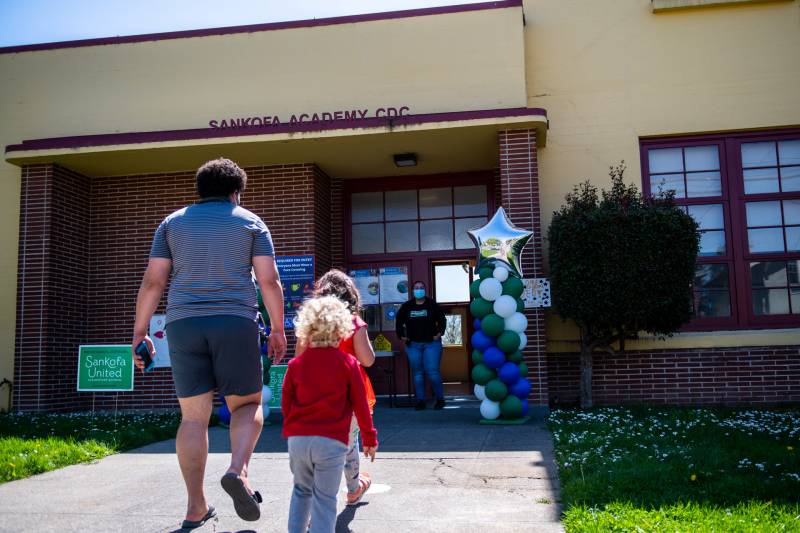As Gov. Gavin Newsom and state lawmakers contemplate how to deliver the state’s surplus dollars back to Californians facing high gas prices and other rising costs of living, one group of advocates is pushing for another stimulus-like payment for the state’s lowest-income residents.
A coalition of anti-poverty organizations is calling for the state to send a one-time payment of $2,000 per child to families making less than $30,000 a year. More than 1 million families in the state would be eligible.
The proposal, sponsored by Assemblymember Miguel Santiago, a Los Angeles Democrat, is intended to partly make up for the expiration of last year’s expanded federal child tax credit payments, which provided as much as $3,000 per child — and $3,600 per child under 6 — to lower- and moderate-income families.
Researchers at Columbia University found that the expanded tax credit reduced child poverty by more than 26%, with greater reductions among Black and Latino children. Nearly 90% of families spent the money on basic costs such as food, clothing or rent, according to the liberal-leaning Center on Budget and Policy Priorities (CBPP).
Santiago said his proposal is a follow-up act on “the largest anti-poverty program we’ve had.”

